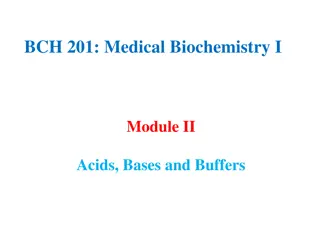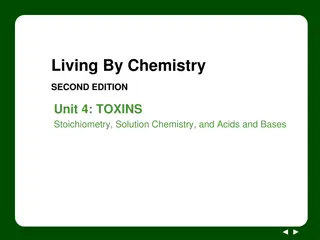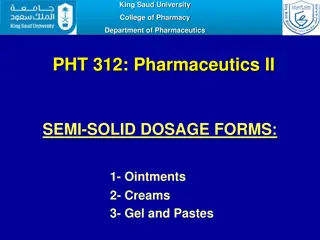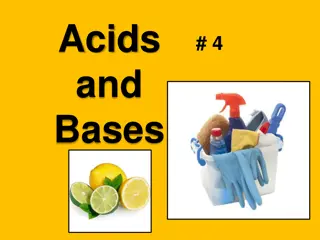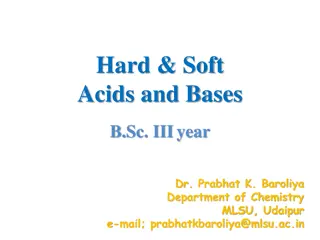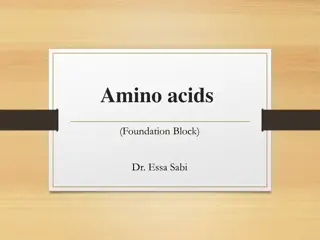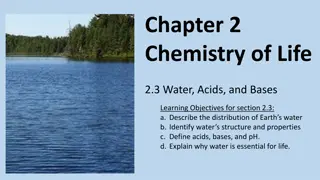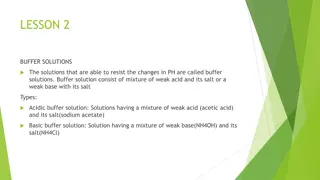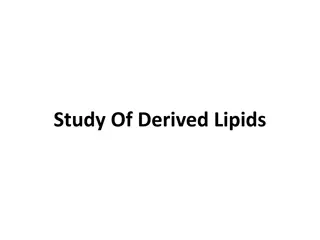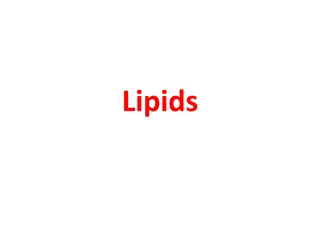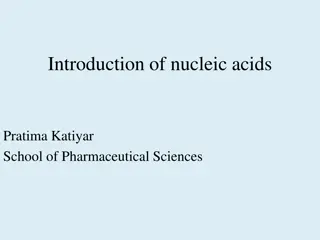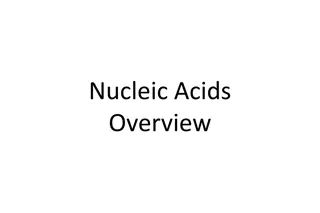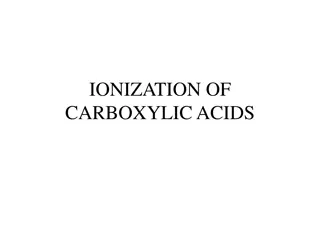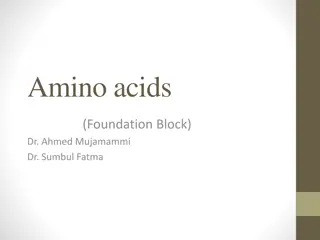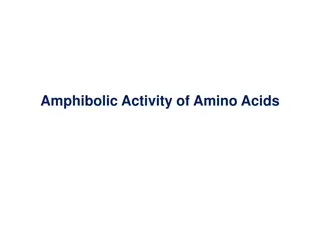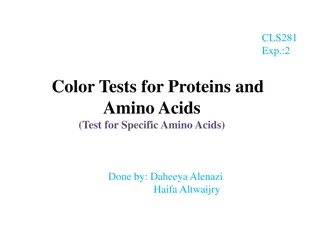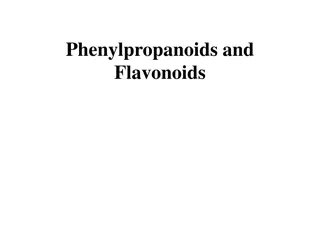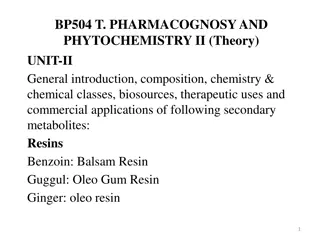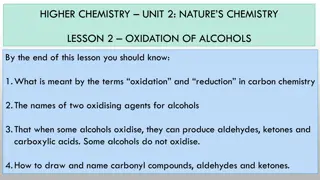Understanding Acids, Bases, and Neutrals in Natural Sciences Grade 7
Acids, bases, and neutrals are vital substances found in various settings like factories and laboratories. They exhibit distinct properties, with acids feeling rough, being corrosive, and containing hydrogen ions, while bases feel slippery, taste bitter, and contain hydroxide ions. While acids like vinegar and lemon juice have useful household applications, bases like bicarbonate of soda and calcium hydroxide find diverse uses. Understanding these chemicals' properties is crucial for safety and practical application.
Download Presentation

Please find below an Image/Link to download the presentation.
The content on the website is provided AS IS for your information and personal use only. It may not be sold, licensed, or shared on other websites without obtaining consent from the author. Download presentation by click this link. If you encounter any issues during the download, it is possible that the publisher has removed the file from their server.
E N D
Presentation Transcript
Natural Sciences Grade 7 Term 2: Matter and Materials Acids, bases and neutrals (ppt 2)
Topic 3 Acids, bases and neutrals Properties of acids, bases and neutrals Natural Sciences - Grade 7
Properties of Properties of acids acids, , bases bases and and neutrals neutrals A very important group of chemicals. Found in factories and scientific laboratories. Many food and household chemicals can be classified as acids, bases and neutrals, depending on their properties. It is important to understand the properties of the chemicals in order to know which ones are dangerous / not dangerous and what they can be used for. Natural Sciences - Grade 7
Properties of Properties of acids acids Acids: are liquids. feel rough on the skin. are solutions of compounds in water. are dangerous to feel or taste, because they are corrosive. taste sour and tart. contain hydrogen ions. usually react with metals to form salts. Natural Sciences - Grade 7
Acids [1] Acids [1] Natural Sciences - Grade 7
Acids [2] Acids [2] Not all acids are dangerous. - Useful household acids include vinegar, lemon juice, tartaric acid, citric acid powder, etc. - Vitamin C helps our immune system. - There are other foods which are higher in vitamin C. chillies papaya guavas Natural Sciences - Grade 7
Acids [3] Acids [3] broccoli strawberries bell peppers kiwi fruits Natural Sciences - Grade 7
Properties of Properties of bases bases Feels slippery, soft or soapy on the skin. Most are dangerous to feel or taste, because they are corrosive. Taste bitter; can burn the skin; contain hydroxide ions. An alkali is a base that is soluble in water. Natural Sciences - Grade 7
Examples of Examples of bases bases Natural Sciences - Grade 7
Uses of bases / alkalis Uses of bases / alkalis Bicarbonate of soda (weak base): Magnesium oxide (weak base): Calcium hydroxide (strong base): Sodium hydroxide (strong base): Potassium hydroxide (strong base): Baking. To treat acid indigestion and used in mouthwash. Making mortar and plaster. Oven cleaner. Making soap. Natural Sciences - Grade 7
Properties of Properties of neutrals neutrals Substances that are neither bases nor acids. They are not dangerous (e.g. we drink pure water; cook with cooking oil; add salt to our food; etc.). Can be made by reacting acids with bases. The bases and acids will neutralize one another and form a neutral. Natural Sciences - Grade 7
Examples of Examples of neutrals neutrals Cooking oil. Sugar (glucose) solution. Sodium chloride solution (salt). Pure water. Natural Sciences - Grade 7
The pH scale The pH scale [1] [1] Measures the strength of an acid or base. Measurement below 7 = an acid. Measurement above 7 = a base. Measurement exactly 7 = a neutral. Natural Sciences - Grade 7
The pH scale The pH scale [2] [2] The lower the pH value, the stronger the acid (e.g. a substance with a pH value of 1, is a stronger acid than a substance with a pH value of 4). The higher the pH value, the stronger the base (e.g. a substance with a pH value of 12, is a stronger base than a substance with a pH value of 9). Natural Sciences - Grade 7
The pH scale [3] The pH scale [3] acids alkalis neutral smaller number = stronger acid larger number = stronger alkali Natural Sciences - Grade 7


